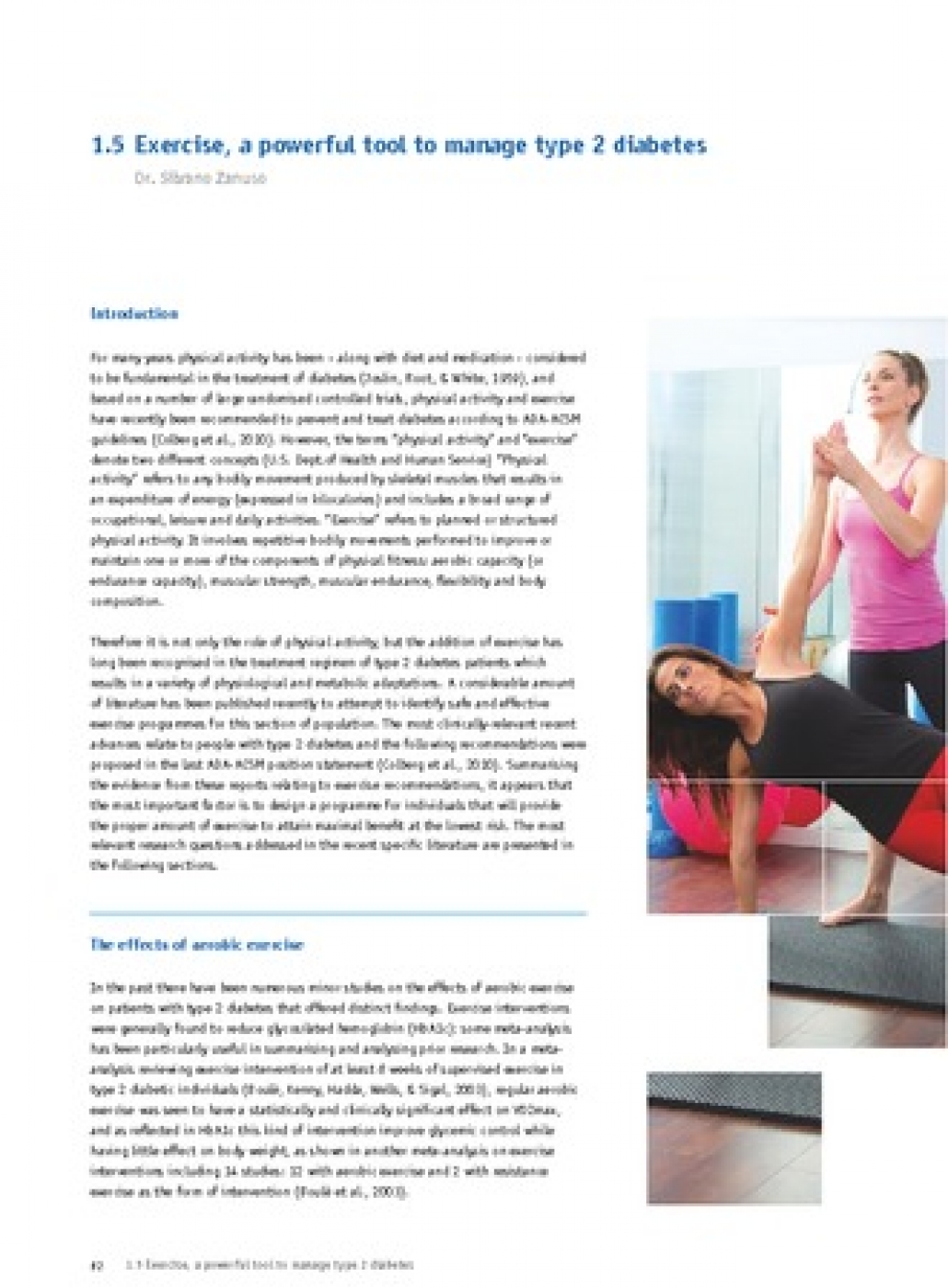

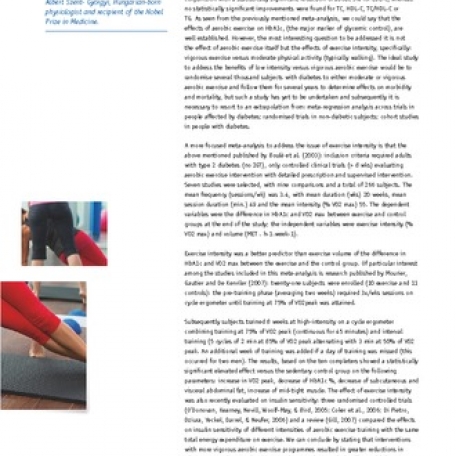

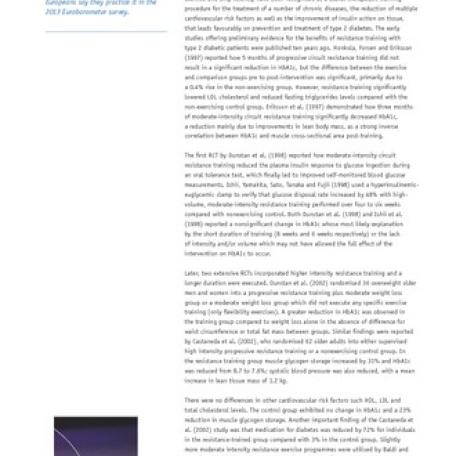
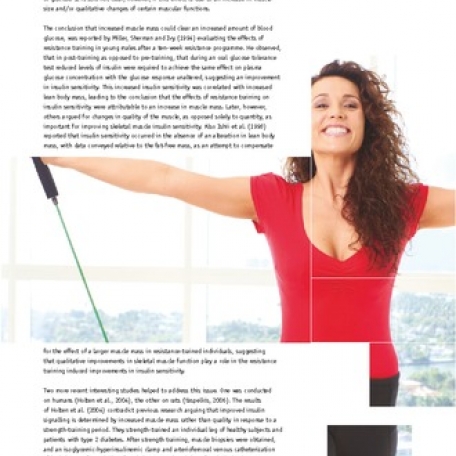
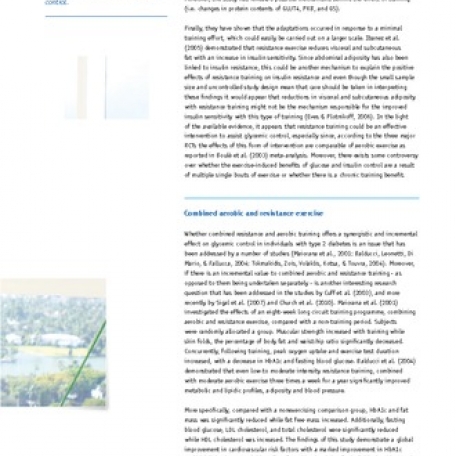
Exercise, a powerful tool to manage type 2 diabetis - Ebook
T.w.v. € 9,95 For many years physical activity has been – along with diet and medication - considered to be fundamental in the treatment of diabetes, and based on a number of large randomised controlled trials, physical activity and exercise have recently been recommended to prevent and treat diabetes according to ADA-ACSM guidelines. However, the terms “physical activity†and “exercise†denote two different concepts. “Physical activity†refers to any bodily movement produced by skeletal muscles that results in an expenditure of energy (expressed in kilocalories) and includes a broad range of occupational, leisure and daily activities. “Exercise†refers to planned or structured physical activity. It involves repetitive bodily movements performed to improve or maintain one or more of the components of physical fitness: aerobic capacity (or endurance capacity), muscular strength, muscular endurance, flexibility and body composition. Therefore it is not only the role of physical activity, but the addition of exercise has long been recognised in the treatment regimen of type 2 diabetes patients which results in a variety of physiological and metabolic adaptations. A considerable amount of literature has been published recently to attempt to identify safe and effective exercise programmes for this section of population. The most clinically-relevant recent advances relate to people with type 2 diabetes and the following recommendations were proposed in the last ADA-ACSM position statement. Summarising the evidence from these reports relating to exercise recommendations, it appears that the most important factor is to design a programme for individuals that will provide the proper amount of exercise to attain maximal benefit at the lowest risk. The most relevant research questions addressed in the recent specific literature are presented in this Ebook chapter.- Type: E-Books
- Taal: Engels